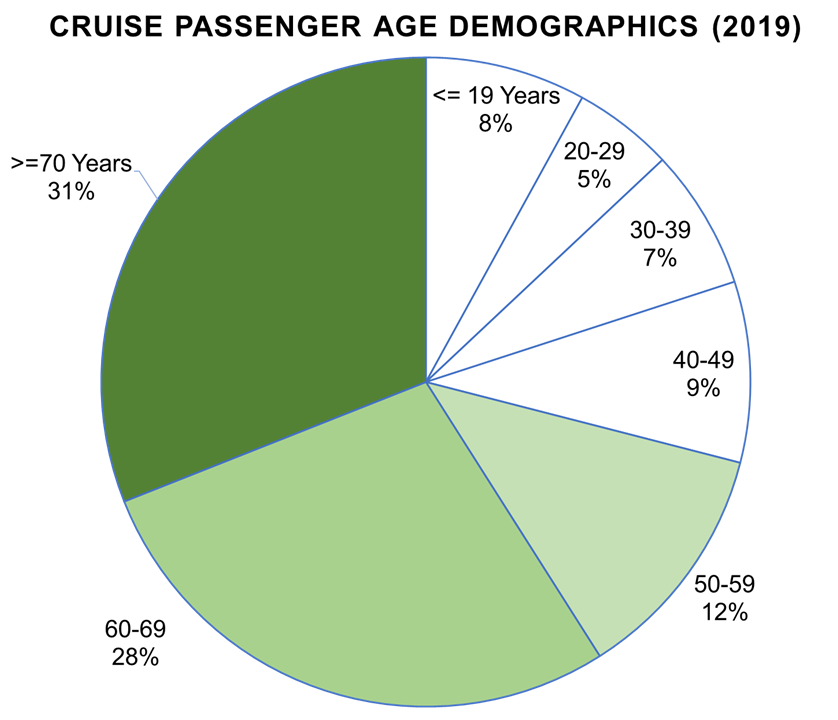Does Decreasing Travel Frequency Mean Seniors Don’t Want to Travel Anymore?: An Analysis of the “Travel Divide” (4)
Continuing our exploration of the ‘Travel Divide,’ we delve deeper into its causes. In our second and third installments, we verified that the reasons behind the ‘Travel Divide’ are not a lack of money or time but rather the possibility of ‘heavy luggage.’ This time, we explore why it is crucial to address the ‘Travel Divide.’ After all, if no one is troubled by its existence, then perhaps it is not a problem.
Again, we consider the decline in travel frequency among seniors. According to the Cabinet Office, “72.6% of at-home physically disabled individuals are over 65,” indicating a close connection between seniors and people with disabilities. Furthermore, considering the global trend of an aging population, examining travel frequency among seniors is essential.

ソニー生命の「シニアの生活意識調査2023」の調査で「現在の楽しみ」というアンケート調査があります。この調査は日本の50歳~79歳の男女1,000名に対する調査です。「現在の楽しみ」の1位は「旅行(39.9%)」でした。以下、2位が「テレビ/ドラマ(38.4%)」、3位が「グルメ(27.1%)」でした。2017年から「現在の楽しみ」という調査項目がありますが、旅行は7年全てで1位でした。従って、シニア(高齢者)は「旅行」に強く行きたいと思っていると言っていいでしょう。「旅行に行きたい」のに、「旅行に行けない(旅行回数が減少する)」ということは「トラベル・ディバイド」を解消すべき理由の一つです。
Sony Life’s ‘Senior Living Consciousness Survey 2023’ included a questionnaire about ‘Current Enjoyments.’ This survey, which involved 1,000 Japanese men and women aged 50-79, found that ‘Travel (39.9%)’ ranked first as the current enjoyment. This was followed by ‘TV/Drama (38.4%)’ and ‘Gourmet (27.1%).’ Since 2017, travel has consistently ranked first in this survey category every year. Therefore, it’s safe to say that seniors strongly desire to travel. Wanting to travel but being unable to do so (decreasing travel frequency) is one reason to address the ‘Travel Divide.’

Source: Sony Life’s ‘Senior Living Consciousness Survey 2023’
From another perspective, let’s consider the travel style of seniors, focusing on ‘Cruise Ship Travel.’ Cruise ship travel is ideal for seniors who have both money and time. Since luggage can be left in the cabin, there’s no need to carry heavy baggage.
According to the CLIA (Cruise Lines International Association), ‘2019 Asia Market Report,’ the age composition of Japanese cruise ship passengers is 12% in their 50s, 28% in their 60s, and 31% over 70, accounting for 71% of all passengers aged 50 and over. Surprisingly, those over 70, whose travel frequency decreases significantly, comprise the largest group. In countries like Korea, Hong Kong, and Singapore, where aging is progressing similarly to Japan, over half of cruise ship passengers are seniors. This makes cruise travel an ideal style for seniors who have money and time but do not want to carry heavy luggage.

Note: The age percentage is for Japanese nationals only.
Source: CLIA ‘2019 Asia Market Report’
So, how significant is the global cruise population? According to CLIA, there were 29.7 million cruise passengers worldwide in 2019. This number is expected to reach 39.5 million by 2027, an increase of about 10 million. In contrast, the number of international tourists worldwide was 1.46 billion in 2019 (Source: Ministry of Land, Infrastructure, Transport and Tourism ‘Tourism Trends’). As of 2019, cruise passengers accounted for only 2.0% of all international tourists. Therefore, while cruise travel may be the ideal style for seniors, it cannot accommodate the entire senior population on a global scale.

Our analysis shows that seniors have both the time and money to travel but often give up due to the physical challenge of carrying heavy luggage. Those who still wish to travel choose cruise ship travel, but there isn’t enough capacity to meet the demand. Hence, travel alternatives that eliminate the need to carry heavy luggage are necessary, including air travel, the main form of international tourist transport.
Furthermore, increasing travel frequency among seniors could significantly reduce societal costs and generate economic benefits. We will analyze this aspect in future installments.